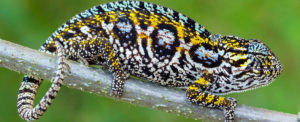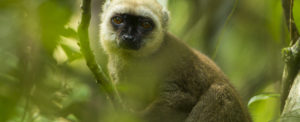Wildlife Madagascar | Nature & Culture trips
Proceed Booking
Don't have an account? Create one.
Or Continue As Guest
Continue As GuestAdding item to wishlist requires an account
Don't have an account? Create one.
SUMMARY
Wildlife Madagascar Tours & Travel | Nature & Culture trips
The price (double occupancy) is per person and subject to change for custom detail.
DURATION : 14 days
AREA : East- Highland-South of Madagascar
TRIP: Private
PLACES TO VISIT : Antananarivo – Andasibe – Morondava – Antsirabe – Ranomafana – Ranohira (Isalo) – Tulear
ACCOMODATION TYPE: 3 to 4 stars (Bed and Breakfast)
TRANSPORT TYPE: Private car/ Regular Flight
BACK TO ANTANANARIVO: Domestic flight
ASSISTANCE: Guide / Local Guide
AVAILABILITY: All Year
WILDLIFE TOUR MADAGASCAR
Send download link to:
DAY1: WELCOMING (TRANSFER)
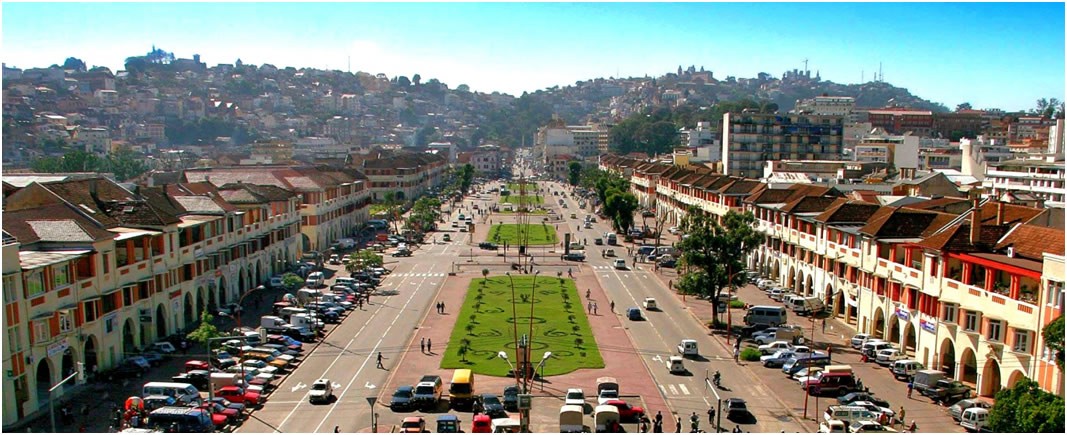
Arrival at Ivato International Airport. You will be welcomed by HT Agency Tours Staff. Once you have passed customs formalities, our Guide will smooth through the rest of the arrivals process – changing money, setting up your phone with the new SIM card, and anything else you need. We will provide 2 (two) SIM cards with Data + National Call + 5mn International call for your stay in Madagascar; it will make our contact easier. Transfer directly to the hotel in town for check-in “Antananarivo”.
Night at RELAIS DES PLATEAUX or Similar
DAY 2 : TANA - PALMARIUM
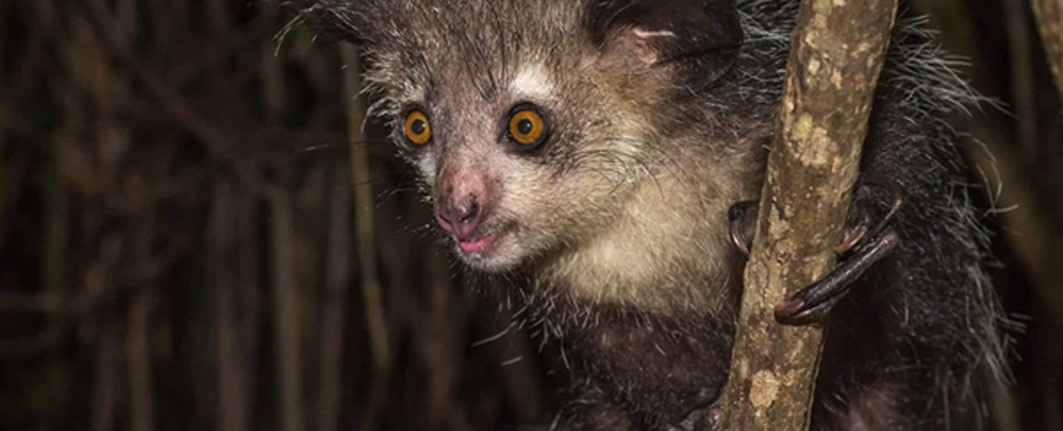
After breakfast, you are going to join the Palmarium Reserve. Your trip will take around seven hours with some stops for photos or breaks if it is necessary. You need to take boat to get there (From Manambato to Palmarium).You will arrive there at the end of the day so you will check-in at the hotel and then begin the guided night walk.
Night at PALMARIUM BEACH
DAY 3: PALMARIUM
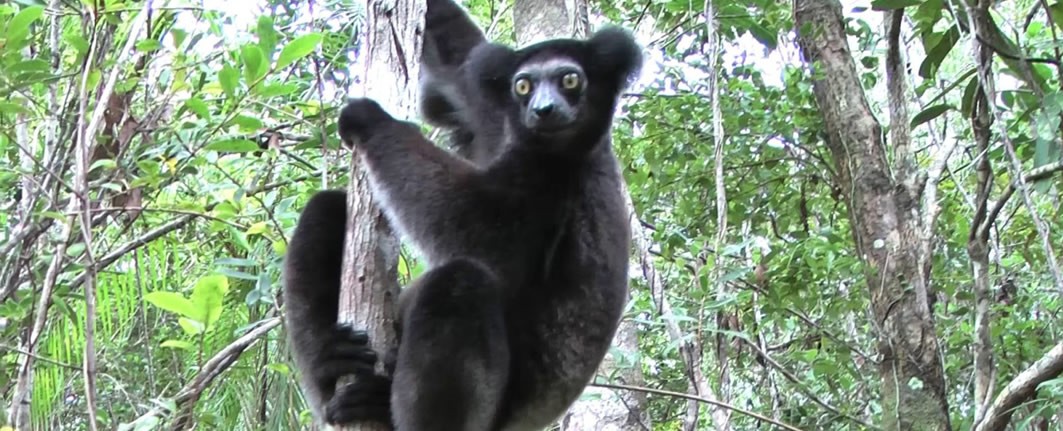
In the morning, you will start a guided day walk at the Palmarium Reserve. It is a little island where inhabit ten species of lemur as Indri, Sifaka, Coronatus, Varécia, variegata, Propithèques, particularly the wellknown Aye-Aye. There is also the best and endemic Madagascar palm tree as Dypsis, Ravenea, Orania, Voanioala and Lemurophoenix).
Night at PALMARIUM BEACH
DAY 4 : PALMARIUM – ANDASIBE
After breakfast, you will reach Andasibe. You check-in at the hotel and then beginning of the guided night walk in a Village Reserve. The visit will take 1hour and half, and then drive back to the hotel.
Night at MATADIA LODGE or Similar
DAY 5 : ANDASIBE
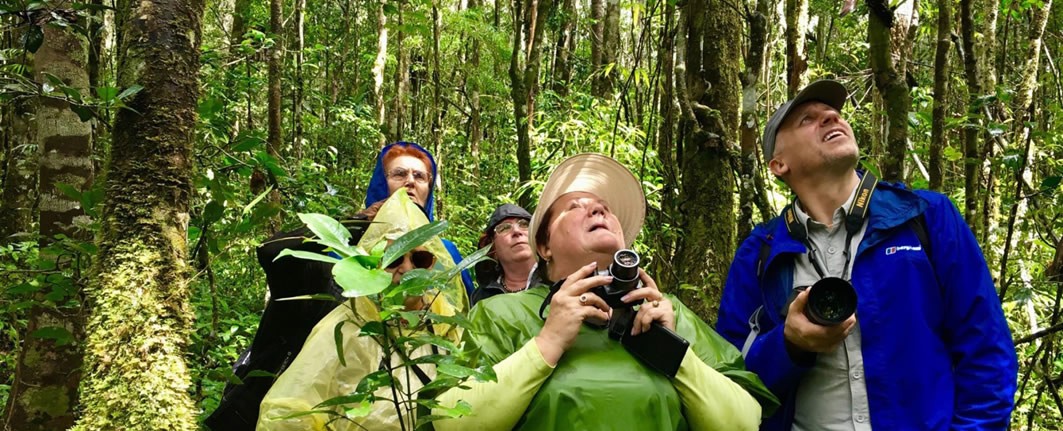
Early in the morning, you will start your visit in the Andasibe Mantadia National Park. The primary forest is formed by two distinct protected ares – the Analamazoatra special reserve and the Mantadia national park. Almost the whole park is formed by primary forest which has never been modified by human beings.
Animals refuge
It is also a refuge for many animals and plants. Thus, it is not uncommon to come across a multitude of species: lemurs, birds, chameleons, and insects of all kinds.
You will enjoy this primary forest and its wildlife the whole day. You will also do trekking along this beautiful landscape and the natural swimming pool.
Night at MATADIA LODGE
DAY6: ANDASIBE - TANA
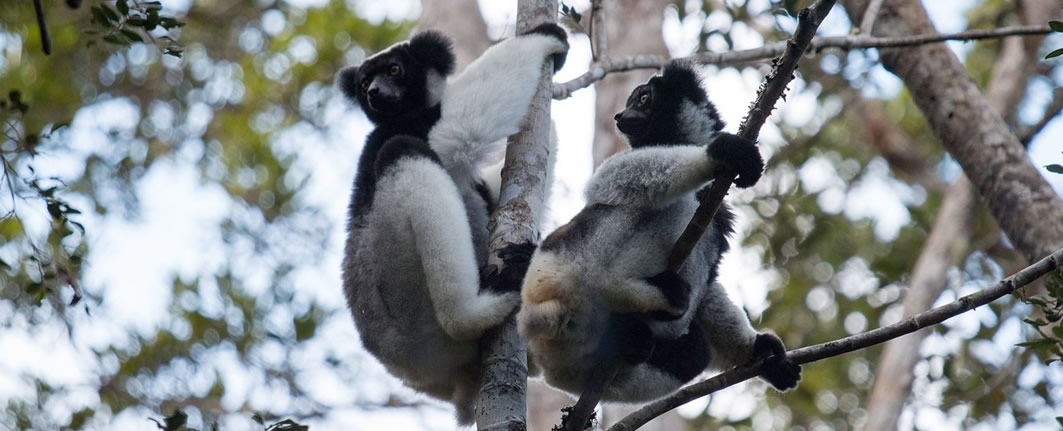
After breakfast, you will start with a guided visit at Analamazaotra National Park (It is better to leave the hotel at 7:30AM). This morning you need an early start to catch the Indri-Indri and the Diademed Sifaka in their forest home. The visit takes about 4 hours. Within a mile of the park you can hear the peculiar call of the indri very early in the morning until noon and again in the late afternoon.
Indris
It is called Babakoto in Malagasy. They are the largest living lemurs at all reaching up to 1 meter. Andasibe is the best place to observe the Indris given that there are a couple of families habituated to humans. It lives in small groups and cannot survive in captivity. Apart from the Indri, another 13 lemur species inhabit these forests, such as woody lemur, grey bamboo lemur, diademed sifaka, brown lemur, red mouse-lemur, red-bellied lemur, black and white ruffed lemur and even aye-aye.
After lunch you will transfer directly to Tana
Night at REALAIS DES PLATEAUX or Similar
DAY 7: TANA - MORONDAVA - KIRINDY
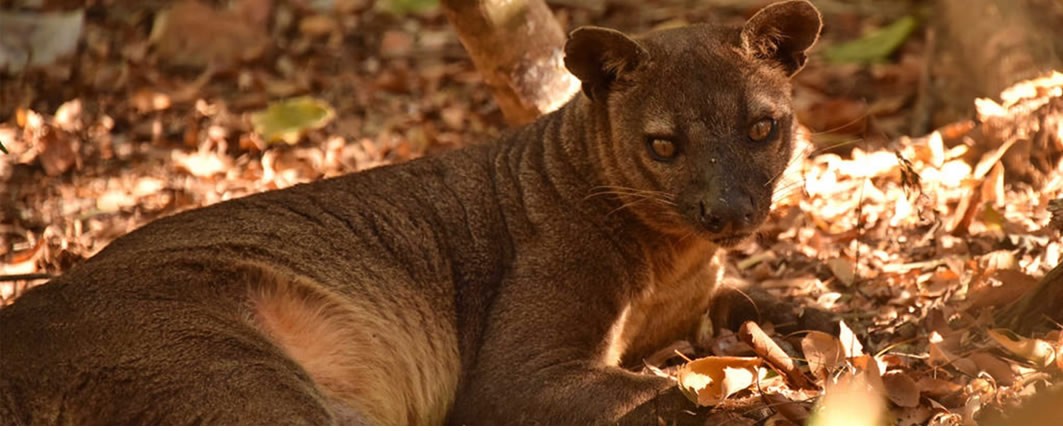
You will take a « domestic flight TLE – MOQ ». While arrive in Morondava, you will be transfer directly to Kirindy National Park, then beginning of the guided night walk.
Kirindy National Park, may be best known as the only location where the endangered giant jumping rat (Hypogeomysantimena) and the Madagascar endemic mammalian species of fossa occurs. There are a number of species of nocturnal lemurs present: Madame Berthe’s mouse lemur (the world’s smallest primate).
What makes the difference?
Red-tailed sportive lemur. Pygmy mouse lemur, gray mouse lemur. Pale fork-marked lemur, Coquerel’s giant mouse lemur and the fat-tailed dwarf lemur. Further mammalian as narrow-striped mongoose, Verreaux’s sifaka, common tenrec, greater hedgehog tenrec and red-fronted brown lemur are also found here. Some of the local reptiles present are: Labord’s chameleon, various plated lizards, Henkel’s leaf-tailed gecko, big-headed gecko, Madagascar ground boa, giant hog-nosed snake, spear-nosed snake and kapidolo.
Night at RELAIS DU KIRINDY
DAY 8: KIRINDY - MORONDAVA
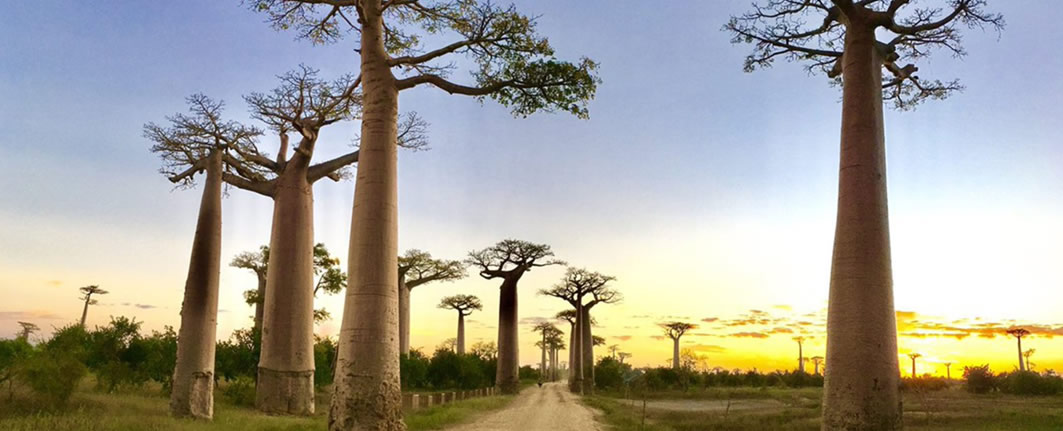
After a guided day walk in Kirindy forest, transfer directly to Morondava with 2 main stops in baobab amoureux and the Avenue of the Baobabs to enjoy the sunset.
The Avenue of the Baobabs, or Alley of the Baobabs, is a prominent group of Grandidier’s baobabs (Adansonia grandidieri) lining the dirt road between Morondava and Belon’iTsiribihina in the Menabe region of western Madagascar.
Night at PALISSANDRE or Vezo Beach
DAY 9: MORONDAVA - ANTSIRABE
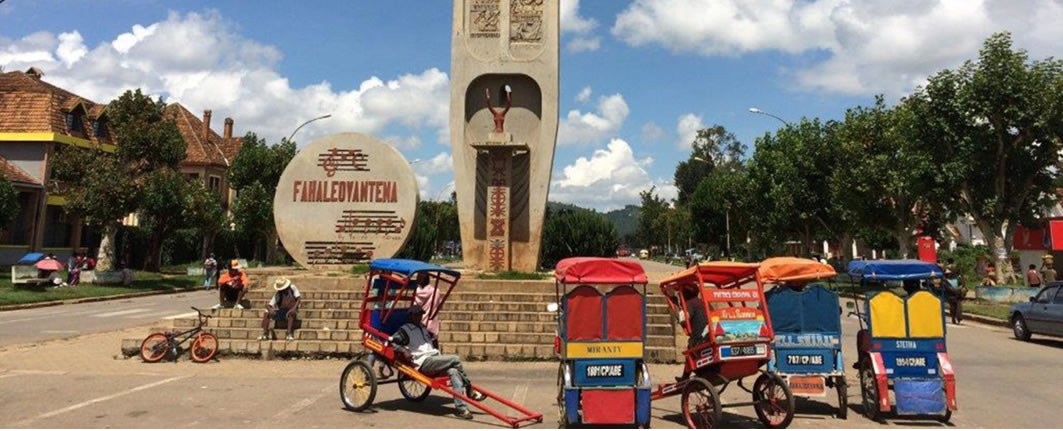
Today you will have a very long drive, so we suggest you to lease early as possible (at 7:00AM). So after breakfast, transfer directly to Antsirabe with some stops on the road for pictures and some breaks if it is necessary. Lunch in Miandrivazo. The landscape is decorated by rice fields, hills, red soil … Arrive in Antsirabe toward the end of the afternoon. Check in at the hotel.
Night at PLUMERA
DAY10: ANTSIRABE – RANOMAFANA
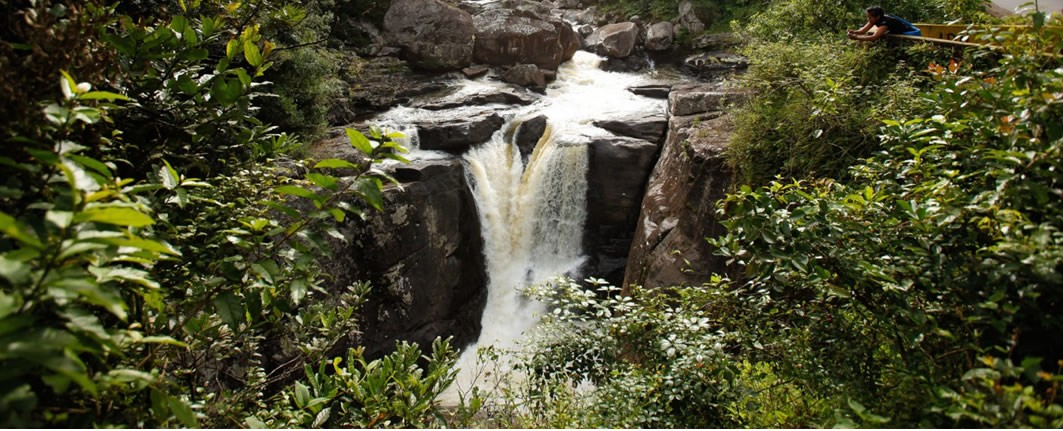
In the morning
You will join directly Ranomafana, the village of Ifanadiana, well known for the Ranomafana National Park and to enjoy the green landscape on the road. Arrival in Ranomafana late in the evening. Check in at the hotel. You willstart your stay in this area by a guided night walk. If you like nature and animals, you won’t be disappointed: many birds, butterflies, and lemurs live in these forests. You will also find unique plant species that grow only in this park. Various medicinal plans but also a wide variety of orchids, and carnivorous plants that litter the soil and trees.
Fauna
There are a number of lemur species, including: Peyrieras’s woolly lemur, Avahi peyrierasi, Daubentoniamadagascariensis Crossley’s dwarf lemur. CheirogaleuscrossleyiSibree’s dwarf lemur, Cheirogaleussibreei. Greater bamboo lemur, Prolemursimus Golden bamboo lemur, Hapalemur aureus Ranomafana grey bamboo lemur, Hapalemur griseus ranomafanensis. Red-bellied lemur, Eulemurrubriventer Red-fronted brown lemur, Eulemurrufifrons, Small-toothed sportive lemur, Lepilemurmicrodon., Southern black and white ruffed lemur. Vareciavariegataeditorum,Red mouse lemur, Microcebus rufus Milne-Edwards’s sifaka Propithecusedwardsi.
Night at THERMAL
DAY 11 : RANOMAFANA
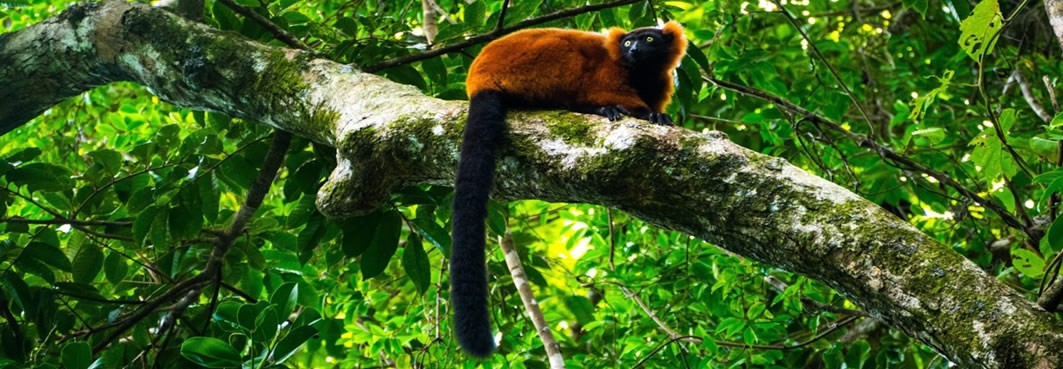
In the morning, departure for a visit to the heart of the rainforest of Ranomafana National Park, a typical reserved area belonging to the last forest corridor along the eastern part of the Big Island. Discovery of the wealth of endemic biodiversity of the region, such as rare species and lemurs seriously endangered, many species of rare and endemic plants used by the local population for traditional medicine .
Walk in the forest
Trekking in the forest by following a track longing the forest passing through beautiful waterfall, meeting the rare species on the way. Back to the hotel for lunch. After the long day of tiring morning or visit of the spa source, nap and rest for the end of the day. Around 17:30, start of the guided night walk.
Night at THERMAL
DAY 12: RANOMAFANA - ISALO
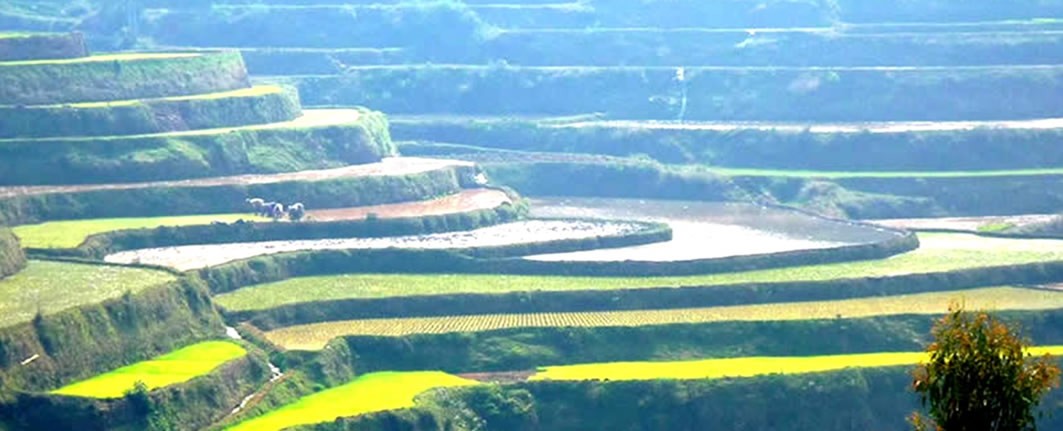
After breakfast, back to the road RN7 for the South to reach the city of Ranohira to meet Isalo National Park. During the journey, we take one stop at the reserve of Anja, small peasant associative park which shelters in particular several species of orchids and makis catta little wild, these famous lemurs striped white and black!Arrival at Isalo at the end of the day.
Night at ISALO ROCK LODGE or RELAIS DE LA REINE or JARDIN DU ROY
DAY 13 : ISALO
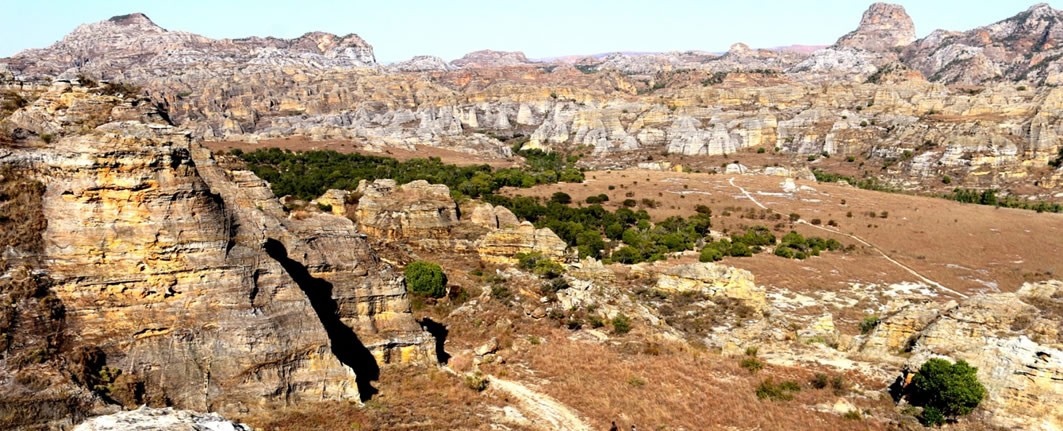
This day will start with a guided visit in Isalo national park, then end in the sunset in the famous Isalo window.
Fauna
A total of 340 faunal species are known to inhabit Isalo National Park, including 82 species of birds, 33 species of reptiles, 15 species of frogs and 14 species of mammals. Notable examples include the Madagascar ground boa Acrantophisdumerili, the white-lipped bright-eyed frog (Boophisalbilabris) and the Malagasy rainbow frog (Scaphiophrynegottlebei). The many species of bird found here include Benson’s rock thrush (Monticolasharpeibensoni), the knob-billed duck (Sarkidiornis melanotos) and the Madagascar ibis (Lophotibis cristata). Several different species of lemur are found in the park.
Flora
There are over 400 species of plant in the park, many of them endemic to the region. They include the Bismarck palm (Bismarckia nobilis) which recovers well after fires, Catharanthus ovalis which has medicinal uses, the elephant’s foot plant (Pachypodiumrosulatum) and the aloe Aloeisaloensis named after the mountain massif.
Night at ISALO ROCK LODGE
DAY 14 : ISALO – TOLIARA – IFATY
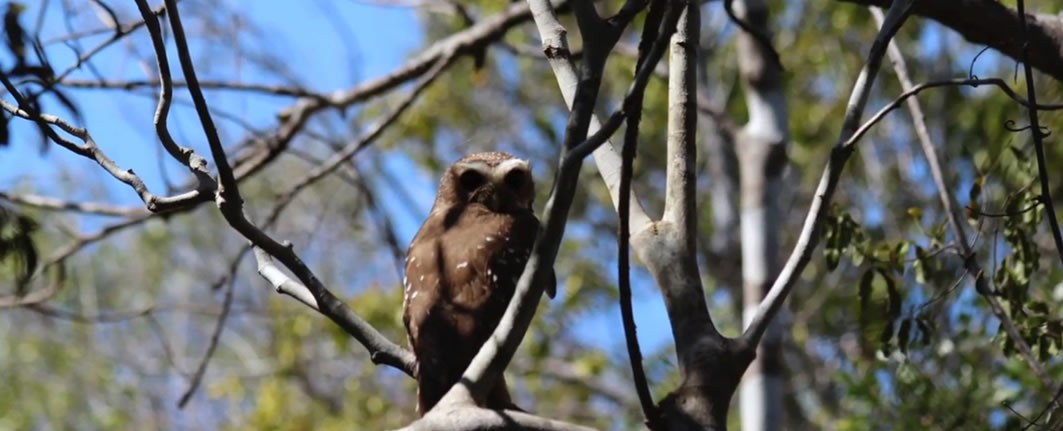
You leave Isalo early in the morning to reach Tulear with a stop at the Zombitse National Park. Ninety species of birds are known from the park, including thirty-eight endemic species. The park meets the Birdlife International criteria as an Important Bird Area. One species Appert’s tetraka (also known as Appert’s greenbul (Xanthomixisapperti) is classified with a conservation status of vulnerable on the IUCN Red List of Threatened Species.
Fauna
Eight species of lemur are recorded; Verreaux’s sifaka (Propithecusverreauxi) is an endangered species on the IUCN Red List of Threatened Species, as is the Pale fork-marked lemur (Phanerpallescens).[The towering spiny bushes are home to more than 2000 plants species (many of them local endemic), some spectacular and very old baobabs (there is a giant baobab of 12,5 m diameter) and a complete endemic plants family, the Didieraceae.
We head to
After the visit, you will be transfer to Tulear and take a flight back to Tana) After the visit, transfer directly to the airport for flight back to the capital Antananarivo. On arrival, 45mn visit in the Queen’s Palace on the top of the hill (Rova Manjakamiadana), followed by a shopping and some souvenirs at the craft market of La Digue. And then, transfer to the airport for the international flight. End of our services.
END OF THE TOURS
Luxury Madagascar with the best luxury African safari tours packages. Discover your next perfect destination with HT Agency Tours
Tourists Taxes
Transfer from the airport to the hotel and from the hotel to the airport
All Domestic flight tickets
Private car with Air Conditional
Driver/Guide (with English speaking)
Visits and excursions (following the itinerary)
Guides + entrance fees included for all national parks/reserves
Administrative management package
Bottles of water
Breakfasts and Dinners
Picnic Lunch in Isalo national park
1 Local SIM Cards With Internet (You could have internet everywhere)
- International and Domestic ticket’s flight
- Lunches and Dinners
- Drinks
Note
- Your guide will manage all programs’ timing
- Domestic flight departure timing: …
- During the trip, the following dietary requirement(s) are served: Regular (typically includes meat, fish, milk, sea food, …). If you have special dietary requirements it’s a good idea to communicate it to us
- Please note that the feasibility of the tour will depend on the availability of the proposed accommodations
- We do not take responsibility for any airline schedule changes that may occur after quoting or booking. We will do everything we can to alleviate any disruption of your itinerary or holiday but cannot be held responsible for any loss of funds, bookings, missed connections or other prebooked/paid services.
Highlights
This tour will take you from Antananarivo to the Palmarium Reserve, Andasibe NP, Kirindy NP, Ranomafana NP and Isalo NP
-
Palmarium reserve
The Palmarium reserve place called Ankanin’ny Nofy (The dream nest) located on the east coast of Madagascar, located on 50 ha at the edge of Lake Ampitabe and the Indian Ocean on the Pangalanes Canal. Accessible only by boat at 2h30 from Tamatave at the Kilometric point 60PK.
Fauna & Flora
About 12 species of lemurs evolving in full freedom in the reserve, Indri, Sifaka, Coronatus, Varécia, variegata, Sifaka. A rare and endemic terrestrial and arboreal fauna as well as a magnificent flora (orchids, carnivorous plants, ebony, mahogany, traveller’s trees) … the most beautiful palm trees specific to Madagascar, including the rarest varieties (Dypsis, Ravenea, Orania, but also Voanioala and Lemurophoenix).
-
Andasibe National Park
Andasibe National Park is a part of Toamasina. 140 kilometers from Antananarivo, and 200 kilometers from Tamatave. The surface of the area is 16,310 hectares (Analamazaotra Special Reserve is 810 hectares while Mantandia National Park is 15,500 hectares). The climate is very humid, the average annual temperature is 18 degrees Celsius, and the average annual rainfall is 1,700 millimeters spread over 210 hectares.
Flora
The park consists of 80% primary forests and 13% secondary forests, subject to the impact of human activity. The special reserve is dedicated to the protection of the largest Malagasy lemur, the indri. An orchid park is also open to the public. There are three campsites and a hotel in the park.
-
Kirindy National Park
The Kirindy National Park is located in the Menabe region, Kingdom of Sakalava located about 70 km south of Morondava on the edge of the Mozambique Channel. Kirindy amongs the 20 new UNESCO Biosphere Reserves! A total of 669 representing 120 countries. Terrestrial National Park and RAMSAR Site and BIOSPHERE RESERVE. It is the transition between the biodiversity of the West and the South: dense dry forest that occupies 70% of the park, thorny thicket Didiereaceae and Euphorbiaceae, brackish coastline lake, habitat of many species, birds, reptiles, lemurs. Endemicity of biodiversity: 97%.
-
Ranomafana National Park
The Ranomafana National Park is located in the southeast of Madagascar straddling the regions of Upper Matsiatra and Vatovavy Fitovinany. It is 412 km south-east of Antananarivo, 65 km north-east of Fianarantsoa and 139 km west of the town of Mananjary.
World Heritage
Terrestrial National Park classified World Heritage Site with its dense low-lying humid forest (600-800m), its dense humid forest of medium altitude (800-1400m), its bamboo forest, its marshland where plant and animal species such as Pandanus, Varecia variegata variegate, Crayfish, Limnogale Mergulus choose as habitat. 6 species of fish, 74 species of insects, 90 species of butterfly including 4 rare species, 350 species of spiders, 6 endemic species of crustaceans and a subspecies of crayfish of the group of Astacoides.
Fauna
58 species of reptiles, 98 species of amphibians, 115 of the 257 species of birds of Madagascar the majority of which is endemic. 12 species of lemurs, 7 species of carnivorous mammals and 20 species of insectivores, 07 species of bats including Myzopoda aurita, a monogenous that exists only in Madagascar. There are also 13 species of rodents. The Ranomafana forest is of the rainforest type whose hard core considered as primary forest is distant from the road axis.
Flora
There are Apocynaceae, Euphorbiaceae and Rubiaceae, Dypsis sp and Phloga sp of the family Palmae, Asplenium nidus, orchids of the genera Bulbophyllum and Eulophiella. Large areas of secondary forest are occupied by Psydium cattleyanum of the family Myrtaceae. Tropical hardwoods such as rosewood or Dalbergia sp, maka or Weinmania sp and varongy or Mespilodaphne tapack are also visible. A profusion of rare plants is also identified: ferns, bamboos and hundreds of orchids. Chinese guava occupies more and more spaces and is dispersed by lemurs and frugivorous birds.
-
Isalo National Park
Isalo is located in the south of Madagascar in Ranohira. The park extends over an area of 81,54 hectares. Isalo is home to a population dominated by the Bara ethnic group mixed with communities of various origins who settled there because of the exploitation of sapphire in the surrounding area of Ilakaka. The territory is also a historically rich archaeological site, as it retains the continental plate connecting Madagascar with Africa, two million years ago.
Tourist attraction
A true tourist attraction for its geomorphological singularities, at the same time varied and unique in the world, it is the most visited site on the island. The park is of rock structure that is globally shaped by the erosion of reddish mountainous sandstones dating back to the Jurassic era of 200 million years ago, extending for nearly 100 kilometers in the north-south direction. Its varied sculptural form is a chain of deep canyons, peaks up to 200 meters high, masses of granite and rock blocks of unstable appearance.
Fauna
There are currently 82 species of birds, 33 reptiles, 15 amphibians, and 14 mammals including seven primates. Among these, there are the maki, sifaka, and varika. As far as tourists are concerned, the main attractions are the pedestrian routes which, from the outset, are reminiscent of a decorative façade of the Far West.

